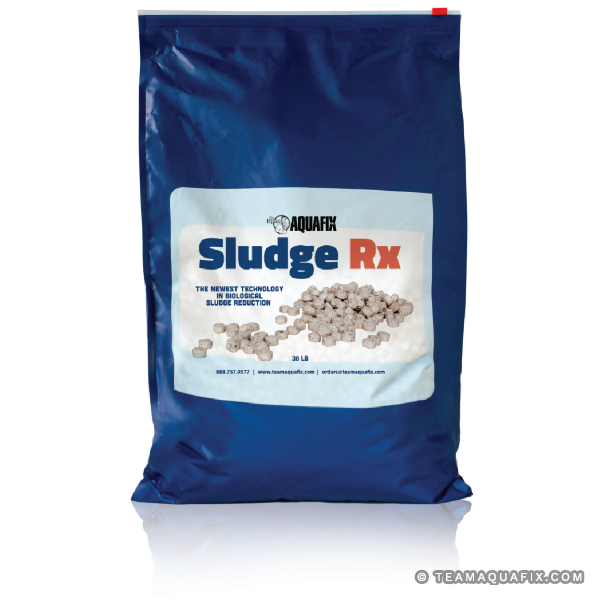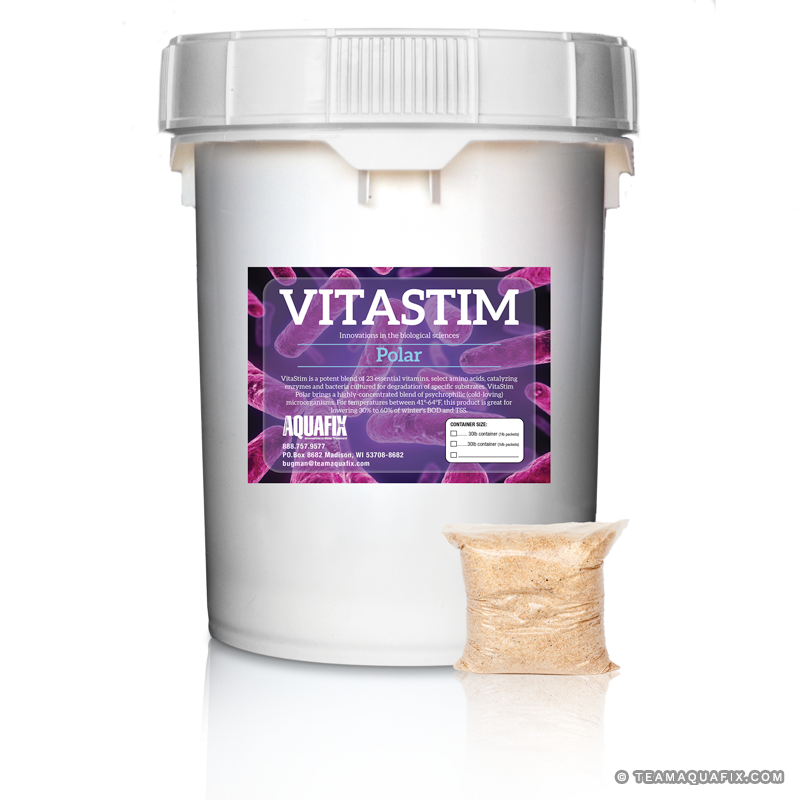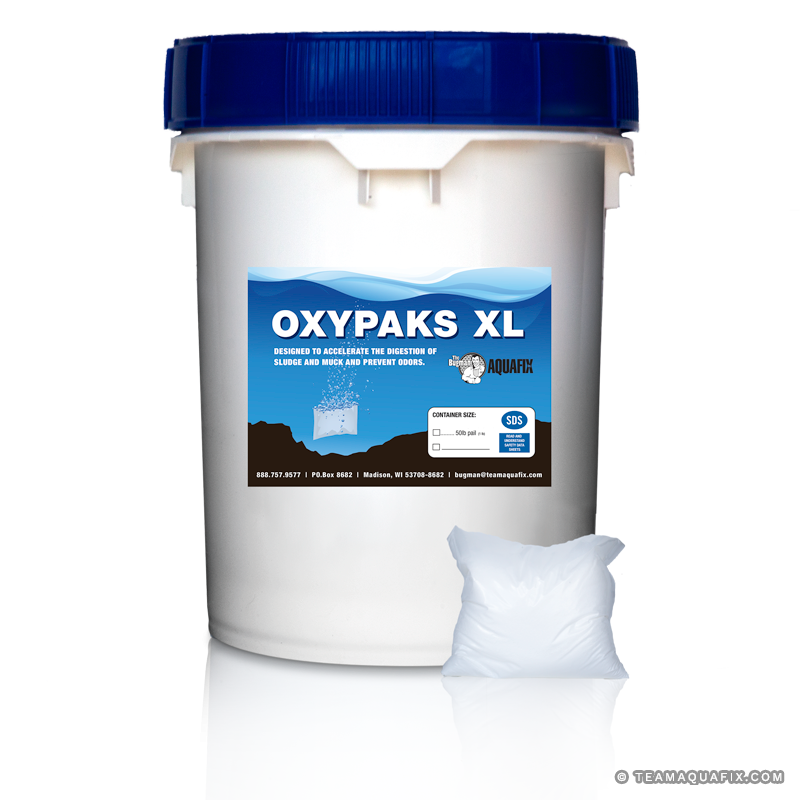Why Do Lagoons Struggle With Nitrification?
When stricter regulations come into play, can lagoons keep up with the latest technology?
by Saylor Gilbert, Aquafix Research Scientist
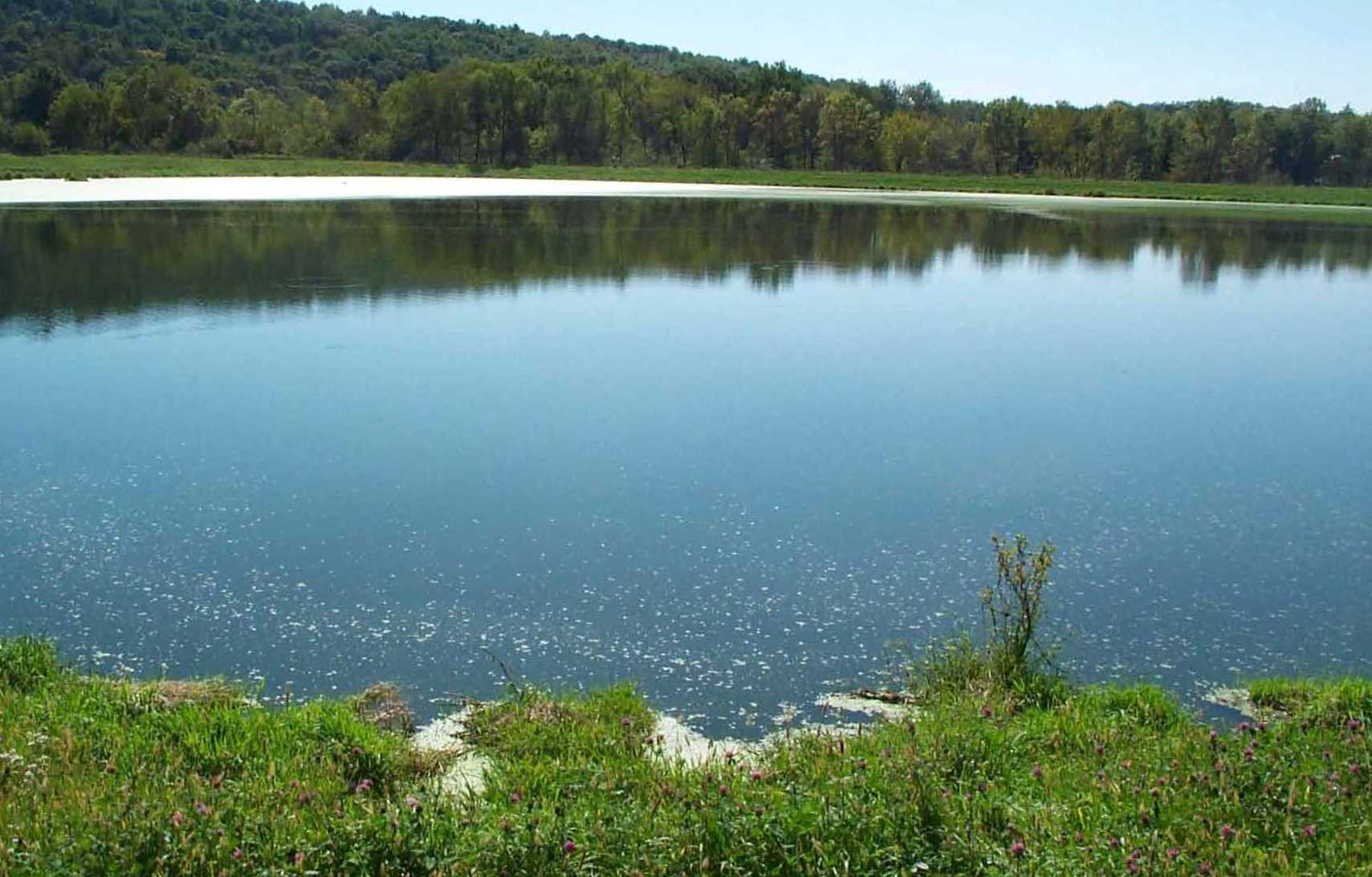
Lagoons are some of the oldest and simplest methods of treating wastewater. While new technologies and techniques have been developed over the years, lagoons remain prevalent in many municipalities and industries throughout the world. This may be changing with ammonia, phosphorus, and BOD regulations continuing to become stricter, lagoon technologies may be quickly becoming outdated. Ammonia removal remains specifically challenging for many lagoons. This blog will cover a quick review of nitrification/ammonia removal, why ammonia removal works in traditional aerobic activated sludge systems, and why lagoons struggle.
Typical waste streams contain ammonia which must be removed before effluent is discharged. Ammonia removal, often referred to as nitrification, is a two-step process which converts ammonia to nitrate in the presence of oxygen. First, ammonia-oxidizing bacteria (AOB) converts ammonia to nitrite. Second, nitrite-oxidizing bacteria (NOB) converts nitrite to nitrate. Both AOB and NOB are relatively sensitive to environmental conditions and require time and mixing to achieve their goals. In a traditional activated sludge system nitrifying bacteria adhere to floc, which make up biosolids, which are contained within some sort of basin. This basin creates a controlled environment in which dissolved oxygen, temperature, pH, and mixing can be controlled to create an optimal environment for nitrification.
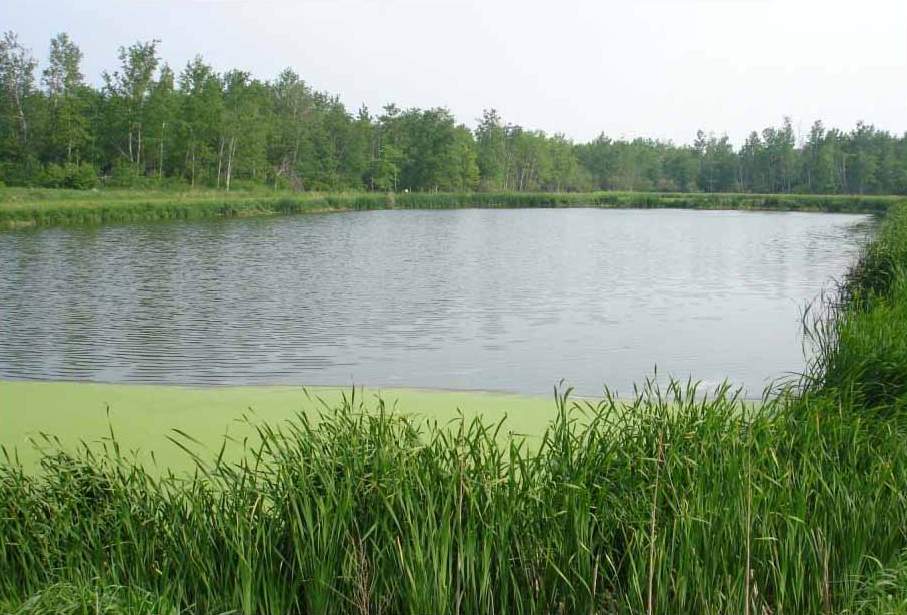
A large portion of lagoons operating within the United States are categorized as partial mix lagoons. These are lagoons which have some form of mechanical mixing or aeration which is designed to provide oxygen for biological processes. But while oxygen is provided, mixing is often not adequate. This brings us to our first major reason why nitrification in lagoons is more challenging, settled sludge.
Many lagoons, due to core principles of their design and aeration techniques, are going to accumulate sludge. Surface aeration, bottom diffusors, and fixed-angled top-down blowers are all common lagoon aeration techniques which can, and will over time, result in accumulated sludge. Accumulated sludge interferes with nitrification on multiple levels. First, as alluded to earlier, nitrifying bacteria require direct contact with ammonia and/or nitrite and as such bind to the surface of biosolids. When mixing is incomplete, or poor, there is a lack of contact between nitrifying bacteria and ammonia and/or nitrite resulting in poor nitrification. Second, settled sludge creates pockets of anaerobic activity within a lagoon. These settled pockets of anaerobic sludge produce volatile fatty acids (VFA) which drive pH down and inhibit nitrification, and directly produce additional ammonia via anaerobic metabolic pathways. This additional ammonia production and inhibition can lead to difficulty in maintaining regulatory effluent numbers. Lastly, settled sludge within the system mechanically interferes with the ability of the mixers or aerators to mix or aerate, this leads to a snowball effect of poor aeration and rapidly accumulating sludge.
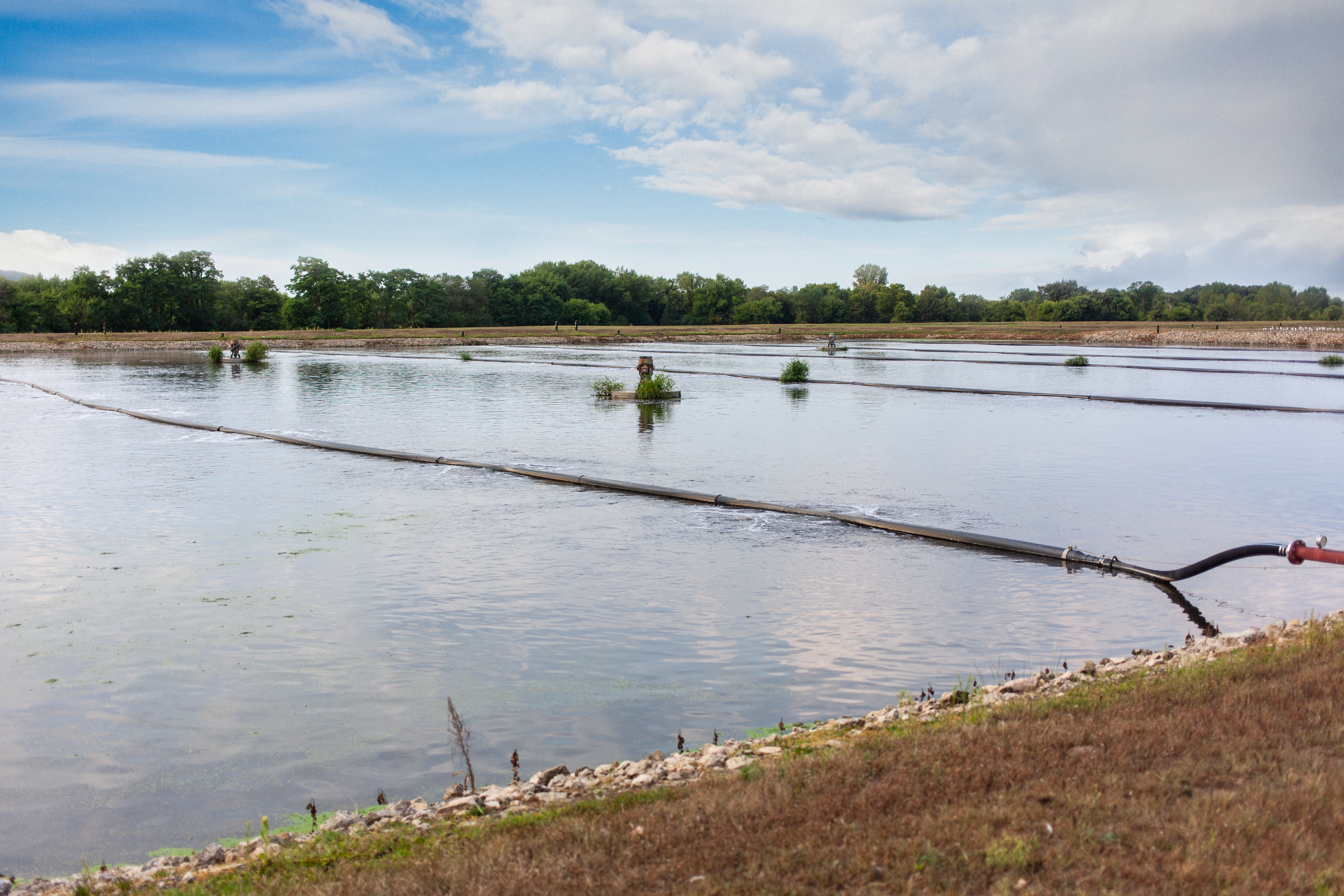
Besides the above reasons, settled sludge can also result in a phenomenon referred to as channeling. Where sludge piles up in such a way that promotes a quick direct flow of influent through a lagoon drastically reducing the retention time. This reduced retention time is not sufficient for nitrification to take place. Furthermore, the size and exposure of lagoons makes pH and temperature control very difficult. Nitrifiers are very sensitive to both temperature and pH.
Overall, when trying to improve nitrification in your lagoon, an ounce of prevention is worth a pound of cure. Sludge should be monitored and removed when it accumulates too much. Monitoring influent/effluent ammonia, nitrite, and nitrate will provide trends which may direct treatment. Unfortunately, the best solutions to the shortcoming of poor ammonia removal in lagoons involve cost-intensive replacement of aeration systems, and in some cases just replacing the lagoon. I hope some information in this blog was valuable, if you have any questions, please do not hesitate to reach out to Aquafix! Thank you!
Lagoon Health Solutions
SludgeRx
- Bacteria and nutrients for sludge reduction
- Use in wastewater lagoons or anywhere sludge accumulates
- For best results, dose for 3+ months during warmer seasons
VitaStim Polar
- Promotes BOD removal and ammonia control in water temperatures between 41-64°F
- Stimulates bacterial activity during the toughest time of the year
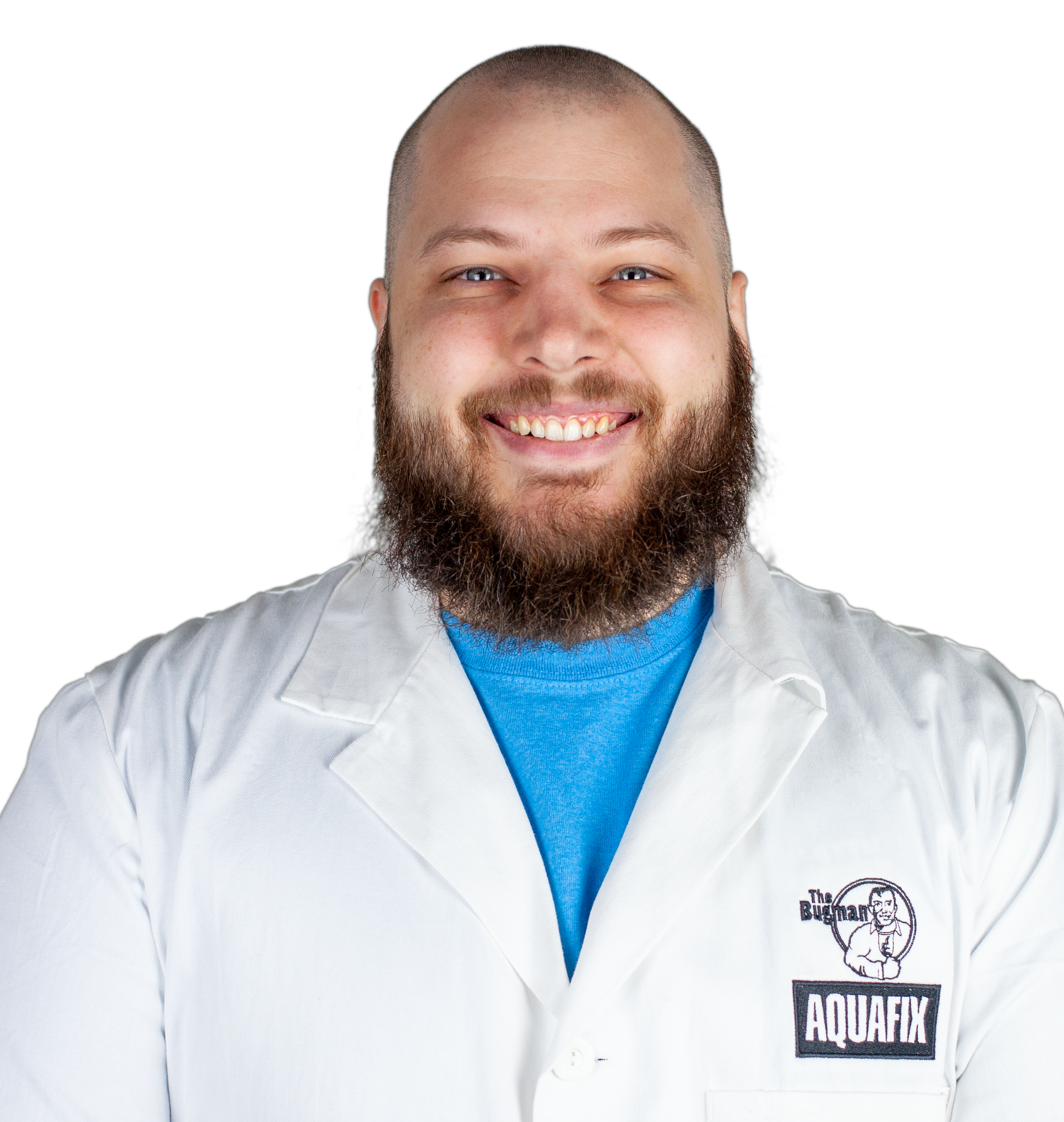
About the Author
Saylor Gilbert is a Research Scientist for Aquafix and holds a bachelor’s in microbiology. His expert knowledge of toxicity and F.O.G. allows us to push our products forward and continue to provide our customers with top-tier wastewater solutions.

